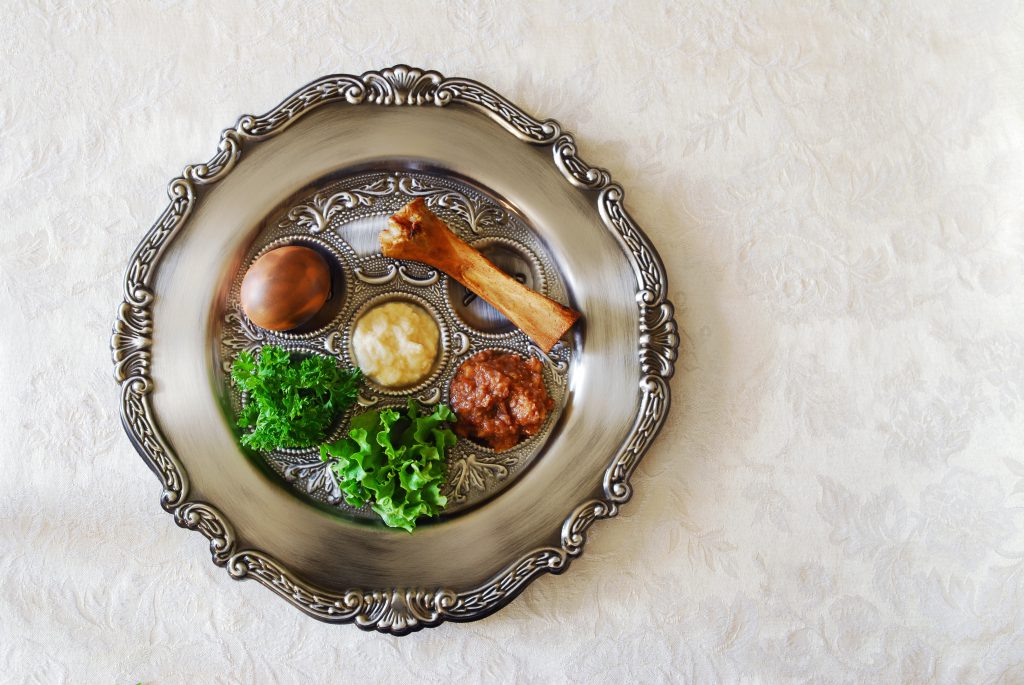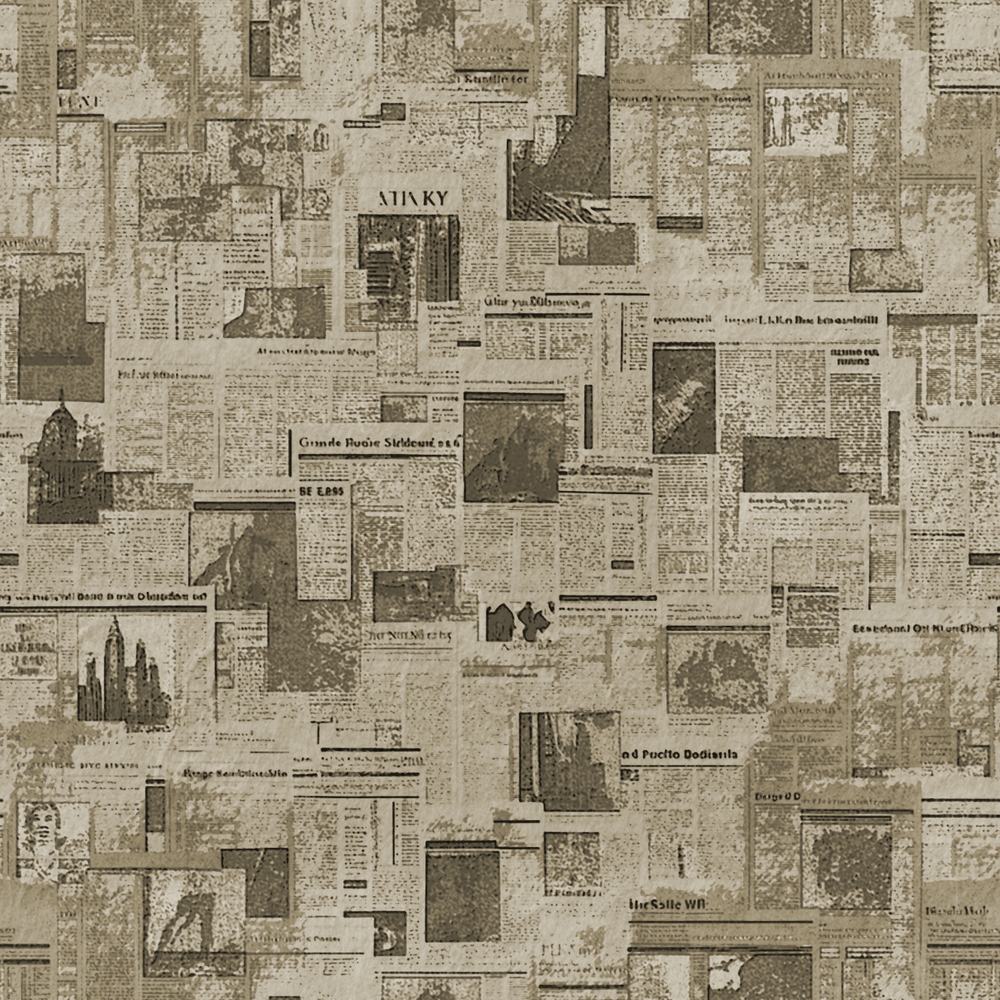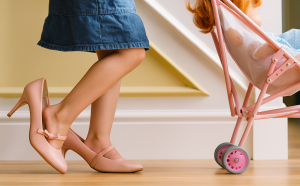As the focal point of the Passover Seder, the Seder Plate, or Ke’arah in hebrew, traditionally graces the table on Passover night. There are several different foods, each with its own symbolism, that are arranged on the plate. The different items, their meaning, and their placement will be explored below.
The six traditional items on the Passover Seder plate are as follows:
- Maror and Chazeret: Two spots on the plate are reserved for bitter herbs, which symbolize the bitterness and harshness of the slavery that the Jews endured in Egypt. In Ashkenzi tradition, fresh romaine lettuce and horseradish are used.
- Zeroah: Zeroah is translated as a shank bone, and symbolizes the Korban Pesach (Passover Sacrifice) which used to be eaten as part of the meal on Seder night. Since the destruction of the temple, the shank bone serves as a visual reminder of the Korban Pesach – it is not intended to be eaten.
- Charoset: The next item on the plate is a sweet, brown mixture representing the mortar and brick used by the Hebrew slaves to build the storehouses or pyramids of Egypt. Charoset is traditionally made from chopped nuts, grated apples, cinnamon, and sweet red wine; you can check out our favorite Charoset recipe here.
- Karpas: Karpas is a vegetable that we dip into saltwater to commemorate the tears cried in Egypt. Some traditional choices are potato, radish, celery or parsley.
- Beitzah: Beitzah, or egg, refers to a cooked or roasted egg. (The prevalent custom is to cook it and then roast it a bit over an open flame.) The egg symbolizes the Chagigah offering, which used to be eaten along with the Korban Pesach on the Seder night. Although the Chagigah was an animal, an egg is customarily used to commemorate our loss of the Temple, as eggs are the first thing served to mourners. The egg is customarily eaten during Shulchan Orech of the seder.
You can purchase a Seder plate in many Judaica stores, or even online. Although most plates come labeled or engraved for easy placement, you can find the order below:

You’ll put horseradish in the center of the plate. Up and to the right of that, and continuing clockwise, you’ll place the shank bone, followed by some Charoset, Romaine lettuce, the vegetable you have chosen for Karpas, and the hard-boiled egg (see photo above).
Enjoy your Seder!


